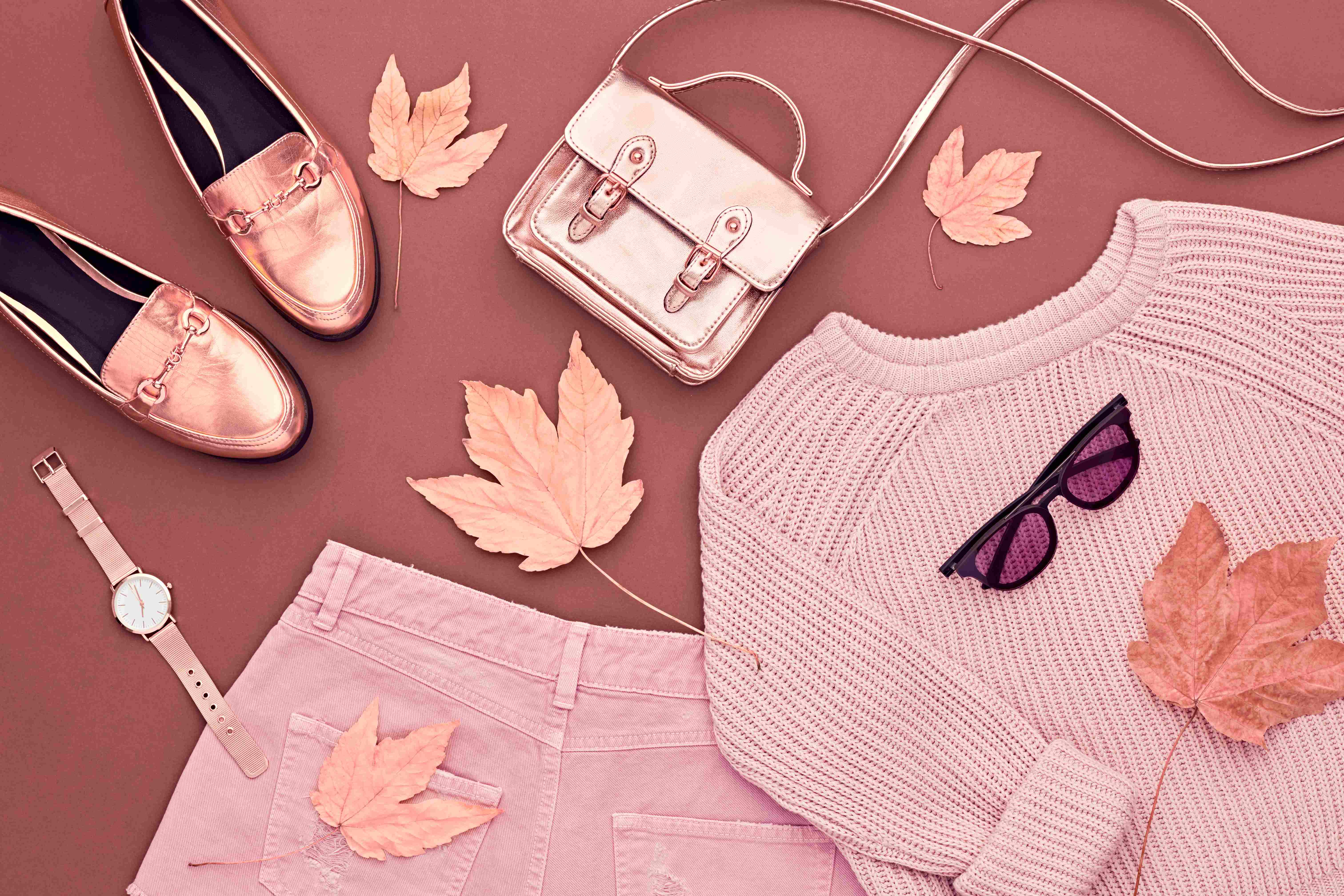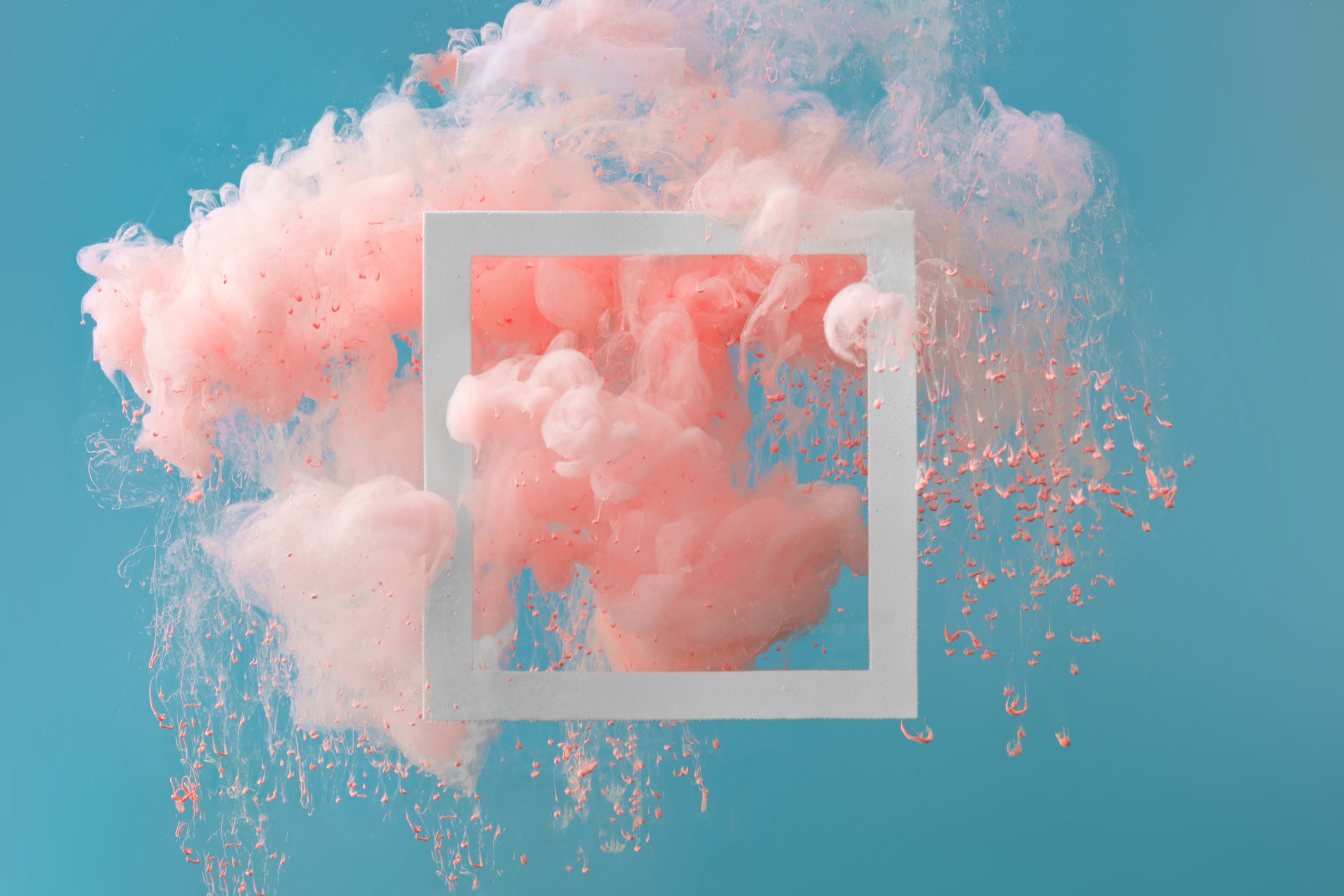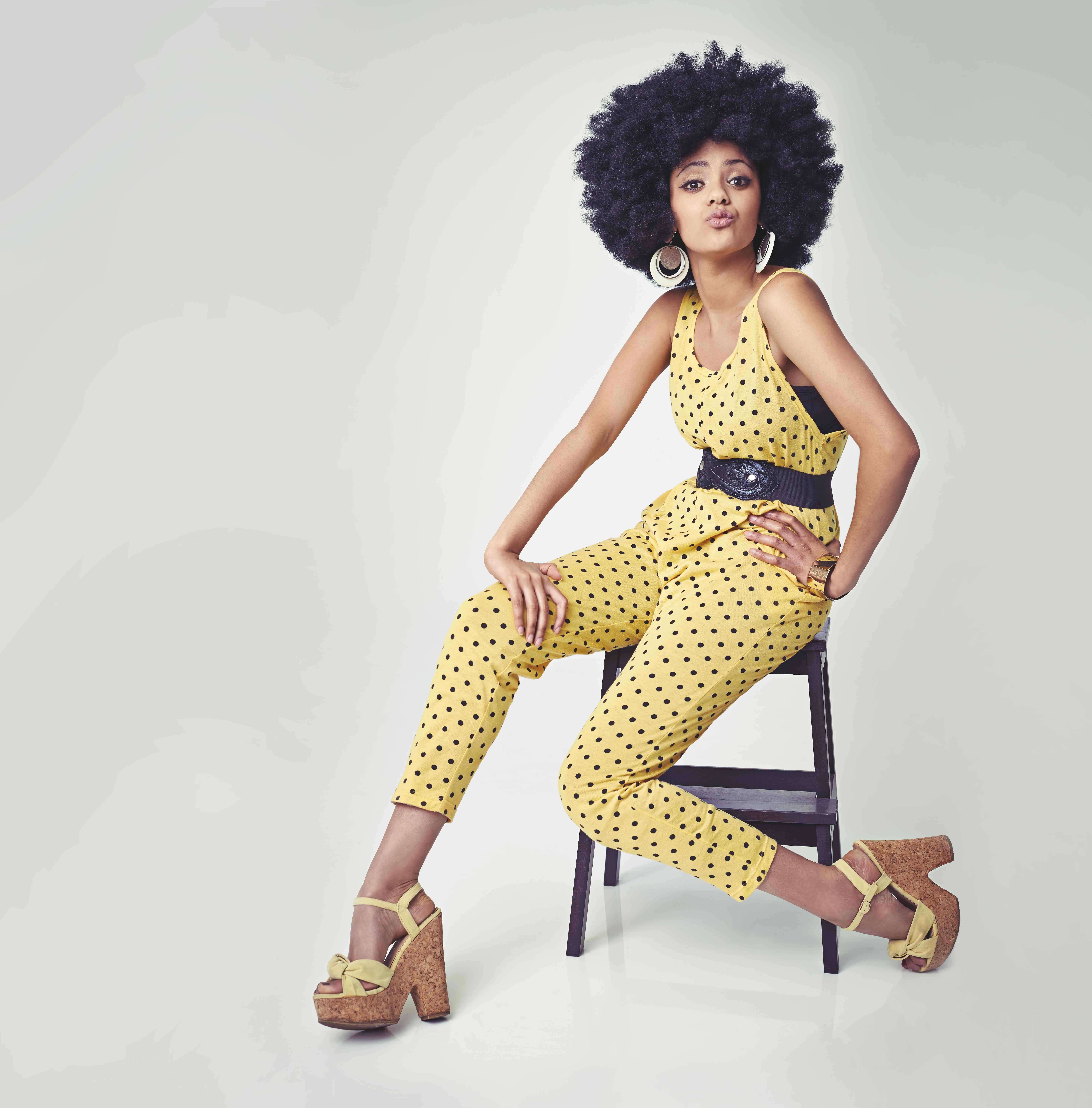5 Niches Every Brand Should Look Out For



What are the niches in the fashion and apparel industry?
Niches in the fashion and apparel industry are the specialised segments of the market that offer specialised products to meet the requirements of specific customer groups. Niches in the fashion industry are created based on the function of the products, age, gender, and personal requirements of customers and also on factors such as climate, seasons, and trends in society.
5 Niches every brand should look out for
The fashion and apparel industry has branched out into a diverse and exhaustive list of niche areas that could add great value to brands that focus on them. Some have been around for a long time, while some are emerging trends and some others are making a comeback after being out of the focus for several years. These niche areas could be apparel, accessories, or other additions that define, accentuate, or improve various aspects of fashion. Here are five niche areas fashion and apparel brands should look out for:
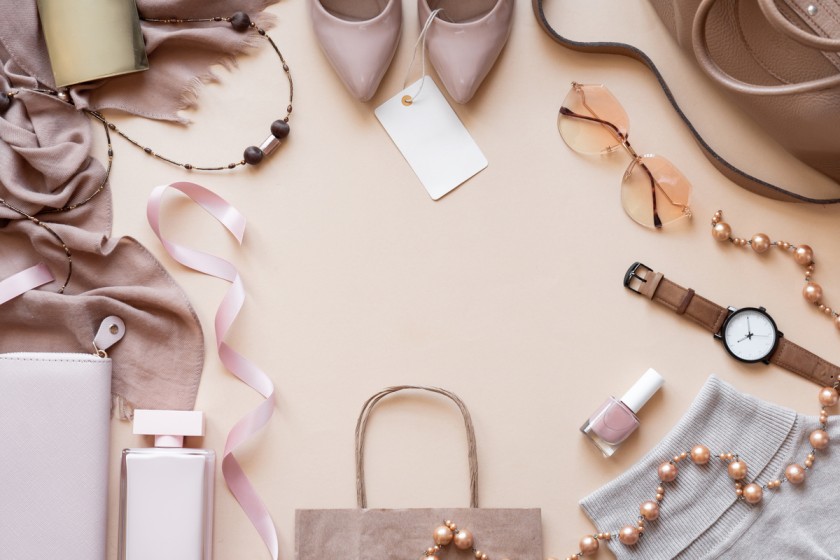
- Accessories: Accessories and other ancillary products related to fashion are an important niche. Accessories such as jewellery, cosmetics, headgear are things that people tend to take note of in the first few seconds of looking at a person. Accessories are used to accentuate the apparel a person is wearing and therefore have a very important role to play in terms of creating a great first impression. Some of the most popular categories of fashion accessories are as follows:
- Belts: Belts are more than an accessory to help tighten the waistband of a garment. Although the basic function of belts is to almost hold up the garment a person is wearing, the right belt can accentuate your choice of apparel. When it comes to choosing a belt, colour, material buckle type and length are important factors that could make or break a first impression.
- Bangles and Bracelets: These are wrist accessories worn to accentuate the hands of a person, while a bangle is a more rigid shape, bracelets are either made with chain links or from other materials such as cloth or rubber.
- Brooches and Pins: Traditionally pins were used as fastenings to hold the fabric together. Pins with attached ornaments are known as brooches. Brooches have the functionality of pins and can be worn as a decorative accessory.
- Rings: Rings are of different categories, apart from wedding rings, rings are worn as ornaments or to show affiliation to groups or teams
- Earrings: These ear accessories are commonly worn on the earlobes through piercings. Earrings are worn by people regardless of gender and are available as simple or decorated pieces with stones.
- Facemasks: The pandemic has brought facemasks into the forefront. Although the primary function of a facemask is to prevent the spreading of communicable diseases, people have become more conscious about how well their mask matches their apparel.
- Watches: Watches have always had the additional role of being a fashion statement apart from the original function of being able to show the time. Wristwatches and pocket watches are still in fashion and are appreciated by a large number of people.
- Footwear: It is always important to have the right kind of footwear to complete a person’s choice of apparel. Just as a pair of sneakers would not go well with a formal suit, a pair of oxford shoes would not go with casual clothes.
- Bags/Clutches/Wallets: These are additional ways in which a person can make a fashion statement. Apart from storing things, bags are a great way to complete a look.
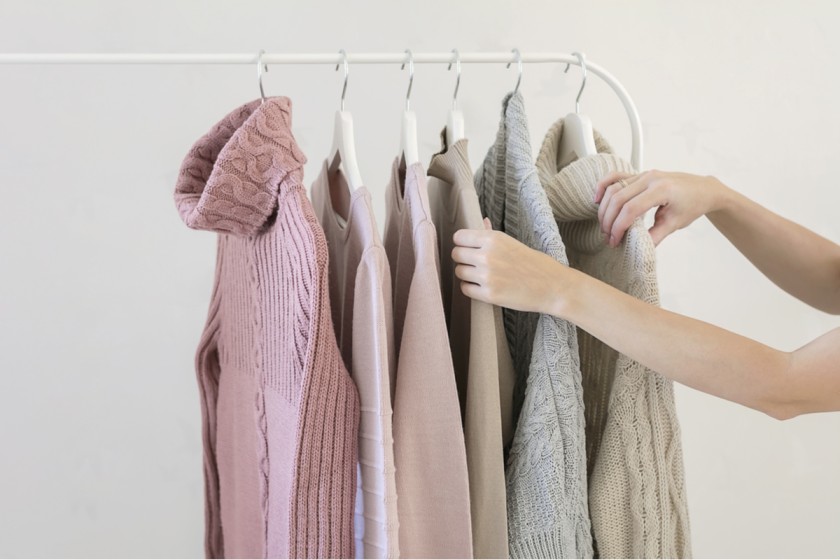
- Seasonal clothing: People don’t wear the same type of clothes all year long. Seasons have associated colours and styles. There are mainly four seasons in fashion and they overlap and run during different months. There is Spring-Summer which starts in January and runs through till June and there is Autumn-Winter July to December. Here are some examples of seasonal clothing:
- Thermal wear: These are more commonly worn towards the latter end of the Autumn-Winter Season. The primary function of thermal wear is to offer protection against the cold weather during these times. Earlier thermal wear was manufactured from wool and fur, however, synthetic fibres are now available and offer cruelty-free alternatives.
- Scarves: Scarves are versatile pieces of clothing that are worn in Winter as well as in summer. In winter Scarves are worn covering the neck or ears whereas, in Summer, scarves are tied around the forehead to keep hair in place or to absorb sweat.
- Jackets: Jackets are worn mainly in Autumn-Winter as an additional layer of clothing to keep the body warm.
- Cotton or light fabric apparel: These light and breathable fabrics are used to create apparel for the summer months. The basic function is to keep the body cool by allowing ample air circulation.
- Gender-neutral/ unisex clothing: Gender has always been an important concept in fashion. There has always been a well-defined line separating genders in fashion. Colours and clothing have been arbitrarily attached to genders. However, with growing awareness, people are slowly breaking the archaic barriers set around gender and it is becoming a fluid concept. It is therefore important to focus on the niche that caters to the needs of people with varying requirements. Colours and clothes are no longer limited to a particular gender. In simple terms, almost everyone wears almost everything. Unisex clothing is one of the aspects to be looked at seriously under this niche. Unisex clothing is those that are not designed for a particular gender. One of the greatest appeals of this niche in the current era is the contrast it creates between the wearer and the clothes. This is good for inclusivity and would instil a great deal of confidence among people. Some popular examples of apparel that could fall under the category of unisex or gender-neutral clothing are:
- T-shirts
- Jeans
- Jackets
- Oxford style shirts
- Sneakers
- Kids’ Fashion: Clothing for kids has seen a great deal of evolution over the years that have passed. New designs that focus on comfort, looks, and functionality are trending under this niche. Earlier designs for kids' clothing were often elaborate with additional fittings such as frills. While these looked good, they caused a great deal of discomfort to the children wearing them. Designers and creators now focus on choosing material that kids will find comfortable. Breathable materials that allow good circulation of air and are not form-fitting have to be chosen to make children feel comfortable. There has also been a great deal of change in terms of functionality. Additions such as interactive toys on designs for toddlers could be used to keep them occupied for a good amount of time. Older kids of current generations have a better idea as to what they want to wear compared to children a few years ago, they tend to take a lot of inspiration from what adults wear leading to trends that resemble trends in the fashion industry for adults.
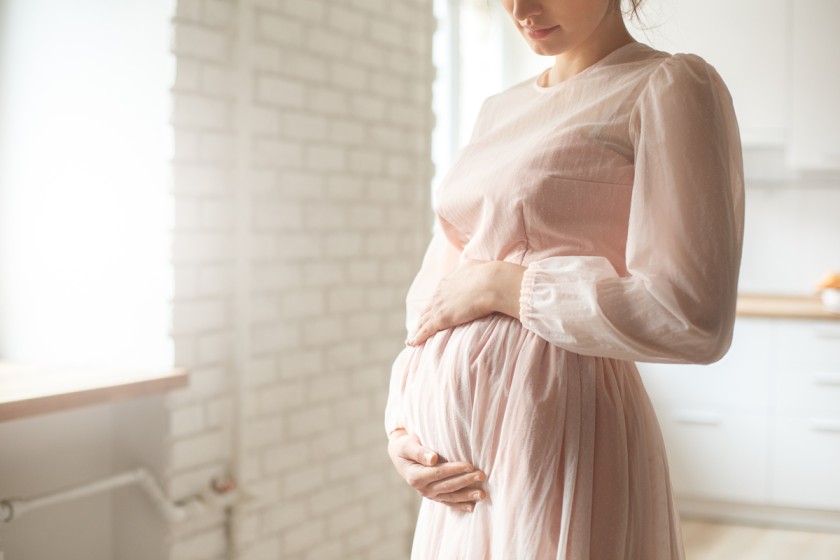
- Maternity wear: The population on planet earth keeps rising and that only means one thing for fashion and apparel brands, more people who would require comfortable and functional clothing during and after their pregnancies. Although this is a trending niche, it has a lot of untapped potentials that brands could take advantage of. Creativity is the only limitation there is to options in this particular niche. Some of the options that brands have in this area are as follows:
- Non-maternity clothes for pregnancy
- Maternity dresses
- Nursing tops
- Tall maternity clothes
- Plus size maternity clothes
Another important thing to focus on in the case of maternity wear is the pricing aspect of these products. Maternity and pregnancies are costly affairs and one area in which women can cut down on their expenses is their maternity wear. Durable material that offers maximum comfort and functionality is important in this case.
Conclusion
Over time, the fashion and apparel industry has grown into an important part of human lives and has branched out into multiple niches based on multiple factors. Niches in the fashion and apparel industry are based on factors such as the functionality aspect of the products, age, gender, and personal requirements of customers, and also on factors such as climate, seasons, and trends in society. Some of these niches have been around for a long time, while some came into existence very recently. The five most popular niches in the fashion and apparel industry are as follows:
- Accessories: Additional elements that may or may not be a fabric that is used to accentuate the apparel worn by a person. This could include Belts, footwear, pins, brooches, and even bags.
- Seasonal clothing: The four seasons require different types of clothing and material to suit the needs of people. Thermal wear is only useful during colder seasons whereas breathable fabrics are useful in summers.
- Gender-neutral/unisex clothing: Clothing that suits the requirements of a gender-fluid customer.
- Kids’ fashion: This involves clothing for children of varying age groups. The target of this niche is creating comfortable and functional apparel while offering the best looks.
- Maternity wear: This niche caters to the needs of women going through pregnancy and post-pregnancy. The goal is to provide affordable, comfortable, and functional apparel to pre or post-partum women.















